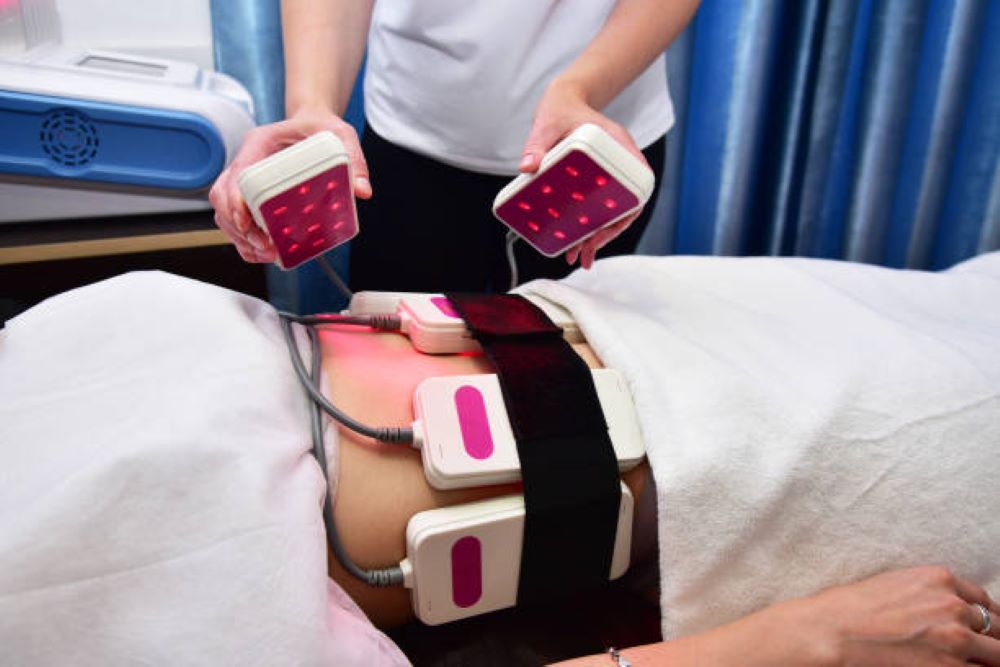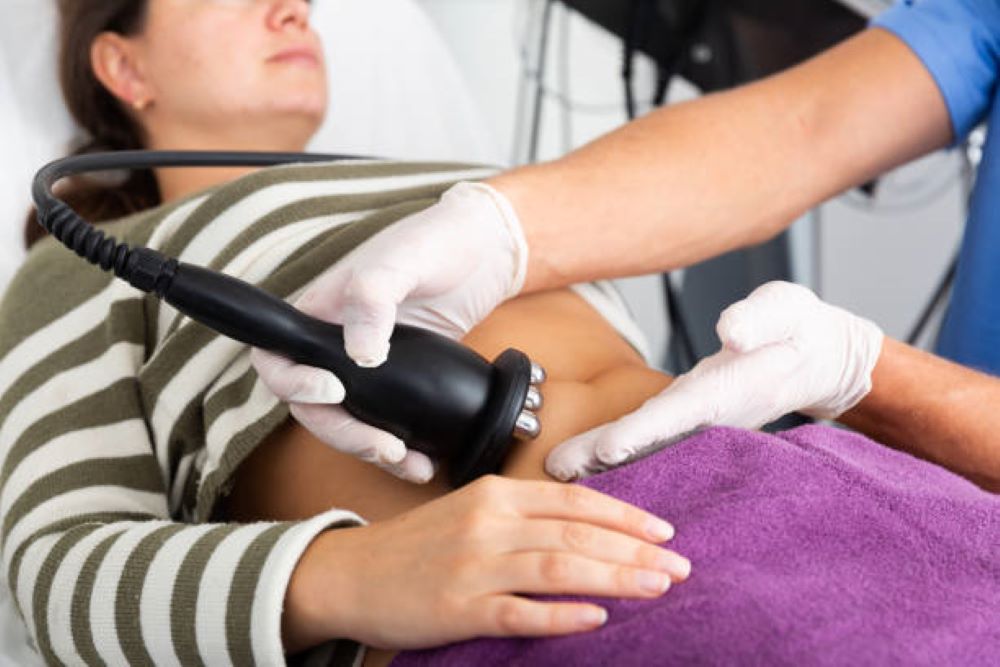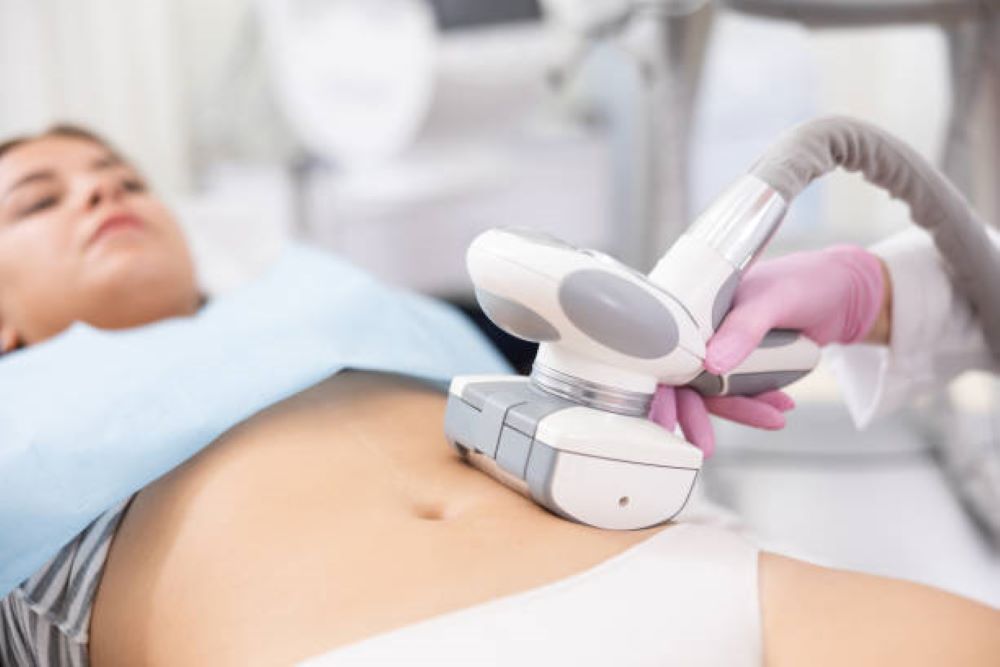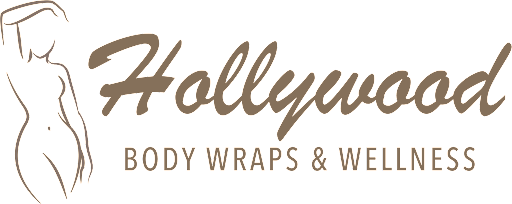Are you tired of stubborn fat pockets that refuse to budge, despite endless hours at the gym and a disciplined diet? Body sculpting offers a non-invasive solution to help you achieve a toned appearance without going under the knife.
Key takeaways
- Body sculpting is a non-invasive treatment that offers numerous benefits, including minimal downtime and reduced risk.
- Popular techniques include body fat freezing methods, heat based fat reduction, and muscle enhancement technologies.
Understanding body sculpting

Body sculpting, also known as nonsurgical body sculpting, is a non-invasive treatment that targets excess fat and tightens loose skin without the need for surgical intervention. Various techniques, such as fat freezing methods, heat based fat reduction, and muscle enhancement technologies, are employed to break down stubborn fat pockets and reshape the body. These body contouring procedures offer numerous benefits, including minimal recovery time, no scarring, and no risk of infection.
With the growing popularity of body sculpting treatments, more people are turning to these non-surgical options for a slimmer, more toned appearance. However, one should be aware of potential risks and considerations, such as skin discoloration, swelling and discomfort in areas with targeted fat cells.
How does body sculpting work for body fat and fat cells?

Body sculpting techniques work by destroying fat cells through extreme temperatures and sonic vibrations. Body sculpting devices utilize waves to transmit heat or extreme cold temperatures into the skin’s middle layer, and destroys fat cells and stimulate fibroblasts to firm the skin and address excess skin.
Sonic vibrations, on the other hand, use ultrasonic waves to target and break down fat cells, offering a non-surgical fat reduction option. In both scenarios, the disrupted fat cells are naturally eliminated from the body via the lymphatic system.
Popular techniques in non-surgical body sculpting

Three popular non-surgical body sculpting methods include fat freezing (cryolipolysis), heat based fat reduction (laser and ultrasound), and muscle enhancement technologies (EMS).
Fat freezing methods
Fat freezing methods use cold temperatures to destroy fat cells in targeted areas. Cool sculpting involves a suction process to target specific areas, followed by cooling to a predetermined temperature, resulting in the destruction of fat cells in a frozen like state.
The cells release fat when damaged. This excess fat is typically cleared by the body’s immune system in the span of two to three months. While generally safe, individuals with conditions that make them sensitive to cold should exercise caution when using cold treatments.
Heat based fat reduction
Heat based fat reduction techniques, such as laser and high intensity focused ultrasound, target fat cells with high temperatures or focused sonic waves. Laser fat reduction involves the application of heat to targeted fatty tissue until the fat cells begin to break down, while simultaneously using a cooling mechanism to protect the skin from any damage.
Ultrasound fat reduction utilizes highly focused sonic waves to break down the fat cells. This process helps the body metabolize the fat and thereby reducing the unwanted fat pockets through vibrations. Additional heat treatments include red light therapy, radiofrequency energy, and low level light therapy (LLLT).

Muscle enhancement technologies
Muscle enhancement technologies like EMS, focus on toning muscles rather than eliminate fat cells. EMS, or Electrical Muscle Stimulation, is a technique that utilizes electromagnetic energy to induce muscle contractions similar to those achieved through exercise. The most common side effect of EMS is transient muscle twitching in the treatment area, with mild muscle soreness and skin redness also possible.
Advantages of non-invasive body contouring

Non-invasive body contouring presents a variety of advantages over traditional, surgical procedures and methods. Firstly, it eliminates the risks associated with anesthesia and surgical complications, providing a safer approach to body enhancement and skin tightening. Additionally, it offers little to no downtime, allowing individuals to continue their routine immediately post treatment.
The procedures are often painless, and can target multiple areas of the body, making them versatile solutions for those desiring comprehensive results. Lastly, the gradual onset of effects allows for more natural looking changes, enhancing the overall satisfaction of individuals undergoing these treatments.
Preparing for a body sculpting procedure
Preparation for a body sculpting procedure includes avoiding heavy meals, fatty foods, caffeine, and alcohol. Hydration before the procedure is also key as it helps in the removal of fatty tissues being broken down during the treatment.
Follow these guidelines:
- Consult a qualified provider.
- Provide your medical history.
- Stay hydrated before and after the procedure.
- Dress in loose, comfortable attire on the day of the procedure.
Post treatment care and maintenance
After a body sculpting procedure, it is necessary to maintain hydration and refrain from using harsh skincare products for at least 8 hours. Staying hydrated will enhance the elimination of disrupted fat cells and improve treatment outcomes.
Complying with the instructions given by your aesthetician or healthcare provider will aid in optimal results and a seamless recovery.
Who is an ideal candidate for body sculpting?

An ideal candidate for non-invasive body sculpting procedures is someone who is near their ideal body weight but is struggling with stubborn pockets of subcutaneous fat that are resistant to diet and exercise. This procedure is not a solution for significant weight loss but rather a method for removing localized fat deposits to refine and enhance the body’s natural contours. It’s important for candidates to have realistic expectations and understand that body sculpting is a tool to help shape and define, not a substitute for a healthy lifestyle.

Maintaining desired results after nonsurgical body sculpting
Maintaining results after body sculpting requires a consistent approach to nutrition and exercise. Adopt a balanced diet rich in lean proteins, whole grains, fruits and vegetables to nourish your body and keep fat levels low. Regular exercise, including both cardio and strength training, helps maintain muscle tone and prevent fat accumulation.
Be sure to stay hydrated as water plays a crucial role in metabolism and cellular function. Lastly, get ample rest as your body needs time to recover and regenerate. Remember, body sculpting gives you a head start in achieving your physical goals, but maintaining those results is entirely up to your lifestyle choices.
Summary
In conclusion, body sculpting offers a non-invasive alternative to traditional surgical methods for those looking to transform their bodies and achieve a more toned appearance. With various techniques available, such as fat freezing, heat based fat reduction, and muscle enhancement technologies, there is a body sculpting option to suit every individual’s needs. By selecting the appropriate technique, undergoing multiple sessions, and maintaining a healthy lifestyle, you can achieve the desired results and embrace a more confident, sculpted physique.
Frequently asked questions
What does body sculpting do?
Body sculpting helps reduce fat cells through non-invasive procedures such as extreme temperatures, and sonic vibrations.
How many sessions of non-surgical body sculpting are typically needed to achieve desired results?
On average, most people require between 1-3 sessions to achieve their desired results from non-surgical body sculpting.
